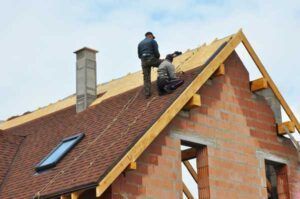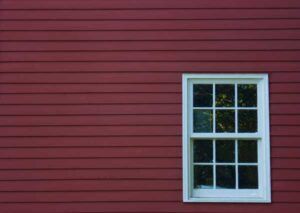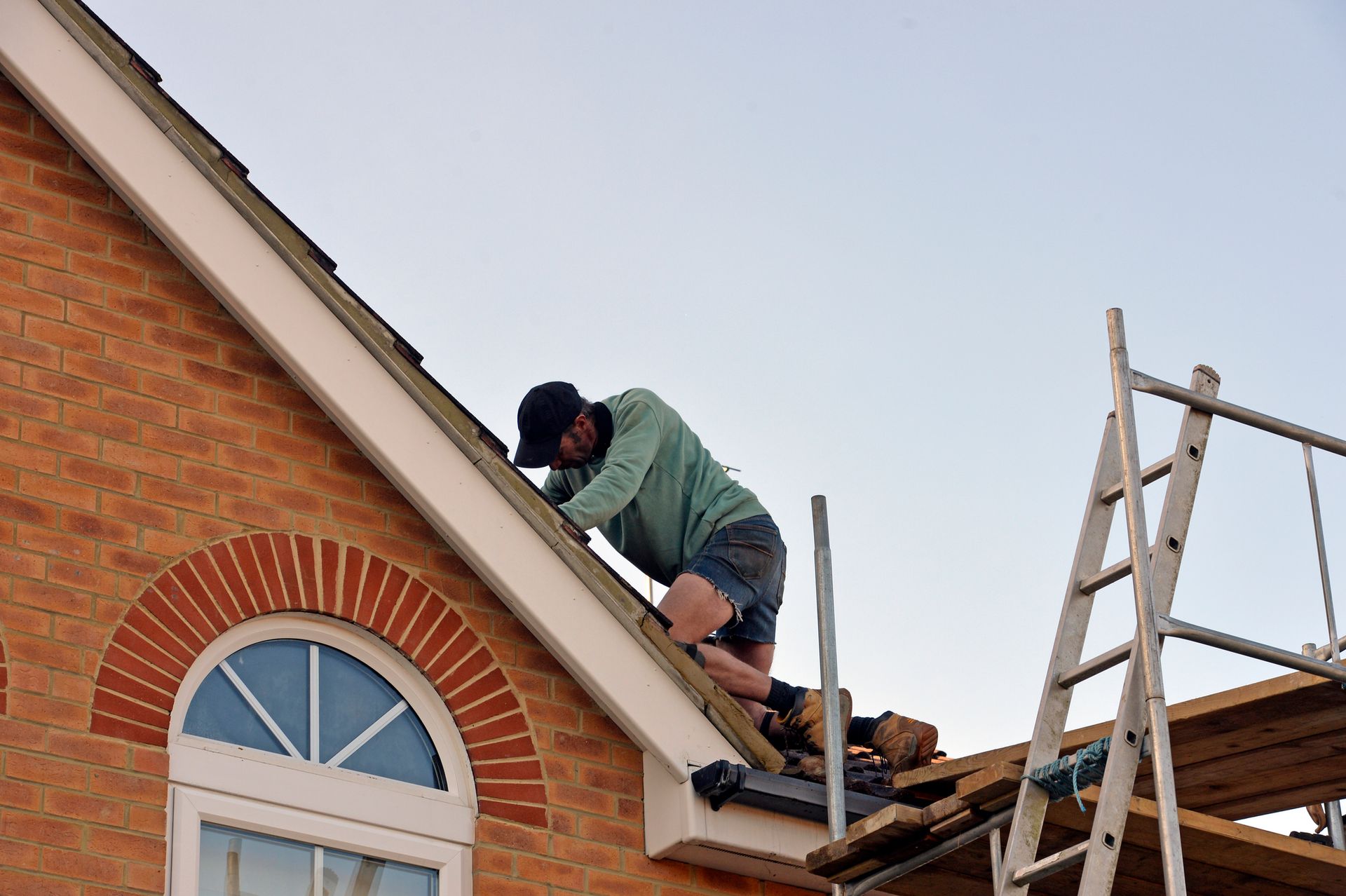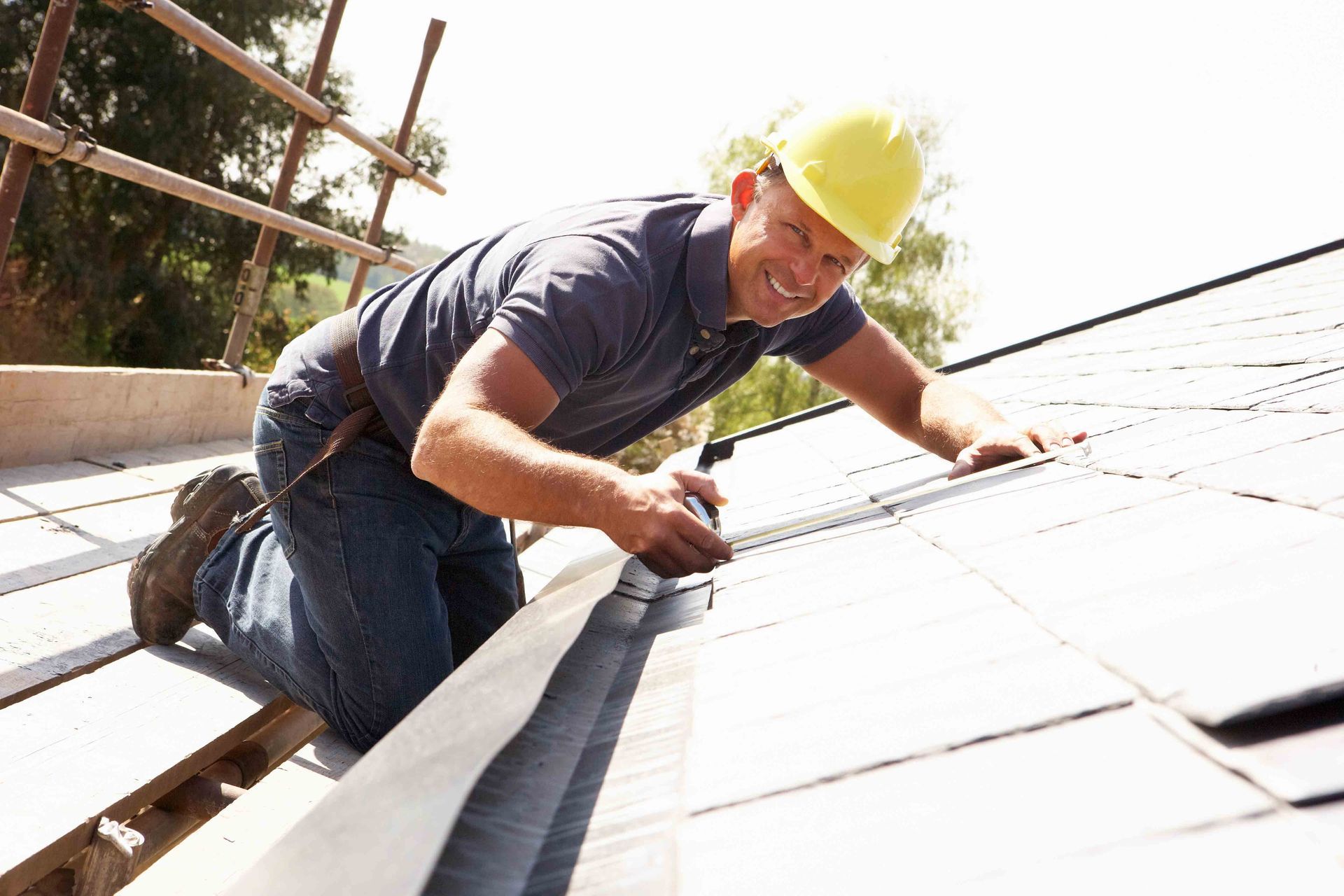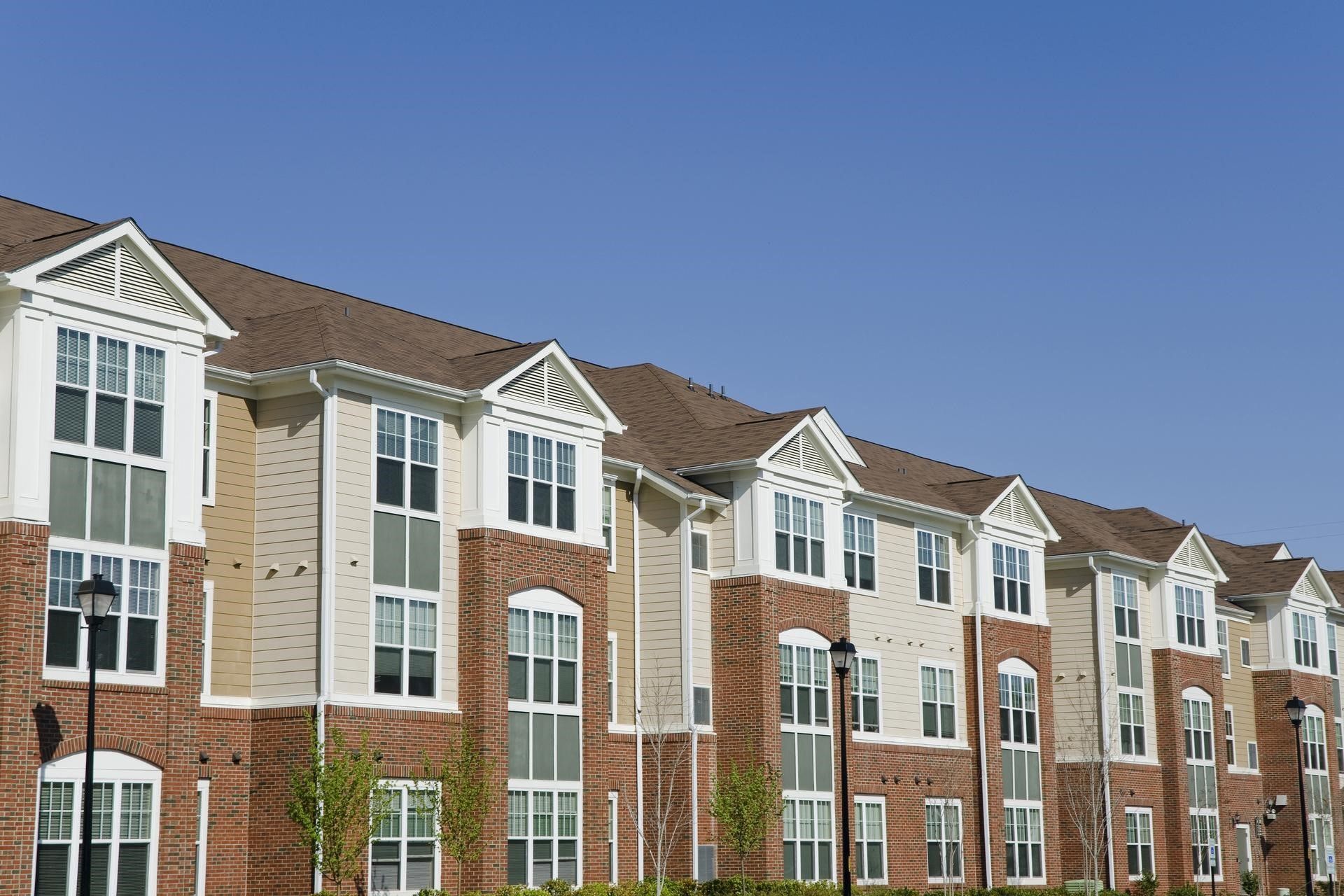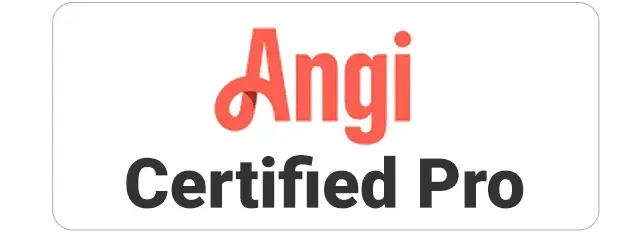Best Practices for Roof Maintenance

Maintaining your roof will help you prevent frequent damages, maintain its energy efficiency, and prolong its lifespan. However, you have to approach maintenance the right way to reap the maximum benefits. Below are some best practices for maintaining your roof.
Combine DIY and Professional Maintenance
Roof maintenance requires both DIY and professional approaches. Conduct the DIY inspections and maintenance as regularly as you can. Some maintenance practices you can do without a professional’s input include:
- Cleaning the gutters
- Checking for shingle loss, damage, or discoloration (preferably from the ground)
- Cleaning the roof (assuming you can safely do it)
- Trimming tree branches around the house
Professional inspection and maintenance are necessary to spot and deal with problems that DIY services might overlook. For example, a roofing professional might spot hidden leaks that you might miss. Professional inspection and maintenance frequency depend on various factors, but you should have a contractor maintain the roof at least once a year.
Mind Your Safety
Watch out so that you don’t suffer injuries or cause damage to the roof during DIY maintenance. These safety tips can help:
- Conduct as much roof work as possible from the ground
- If you have to go up on the roof, do it when the roof is dry
- Wear non-slip shoes
- Have someone close by who can assist you or call for help if necessary
In addition, you should know and respect your limitations. For example, you should not brave up and go on the roof if you are afraid of heights. In such a case, leave the work to roofing professionals.
Match the Maintenance to the Roof
The roof type determines the necessary maintenance services. The design and materials are the major things that determine roof type. For example:
- Flat roofs require more drainage care than pitched roofs
- Metal roofs can suffer corrosion damage, so they require anti-corrosion treatment, but other roofs don’t
- Wooden shingles require regular treatments with fungicides and preservatives that other materials don’t need
Understand your roof and create a customized maintenance plan that fits it.
Stick to the Schedule
Roof maintenance serves different purposes. For example, you maintain the roof to:
- Increase its lifespan
- Prevent costly damages
- Maintain its energy efficiency
- Preserve its curb appeal
Thus, you should not skip roof maintenance even if your roof looks sound. The idea is to maintain the roof before and not after it develops problems.
Document the Maintenance
Documenting your roof maintenance practices can help you in two main ways. For one, the documentation can help you:
- Keep track of your roof’s wear and tear
- Remember which parts of the roof require repair
- Remember your roof maintenance schedule
Secondly, the documentation may also help you if you ever want to sell your house. For example, you can use the documentation to prove how thoroughly you have maintained your roof to prospective buyers.
Consider Weather and Climate
Weather elements, such as wind, sunlight, and snow, are some of the biggest threats to your roof. Thus, your local weather should also influence how you maintain your roof. For example, you should:
- Maintain a light-colored roof surface (for example, by repainting it regularly) to minimize heat damage if you live in a hot climate
- Trim trees around the house to help keep the roof dry if your area receives a lot of precipitation
- Reduce snow accumulation on your roof if your area experiences extreme snowfalls
A roofing contractor can help you match your roof’s maintenance to your local weather and climate.
D.S. Bahr Construction, Inc. has over 25 years of roofing experience. We can help you install, inspect, maintain, and repair your roof. Contact us for quotes on all roofing services you need and benefit from our professional solutions.
The post Best Practices for Roof Maintenance appeared first on D.S. Bahr Constraction, Inc.

